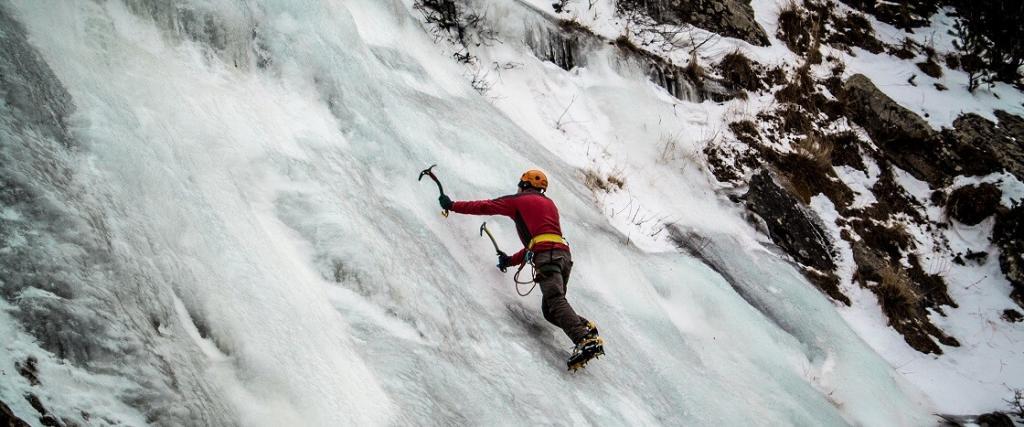Nuclear: Challenging Our Notion of Risk
Risk surrounds us daily. We are constantly making decisions based on our perceptions of it. Our travel plans, our commute to work, our relationships and even our perceptions on social and political issues, all relate back to our perceptions of risk. Parents try to mitigate the risk that surrounds their children and of course there are the messages circulating around risk which can often be contradictory or too complicated to be easily understood.
Investigating risk and risk assessment is the latest project by documentary filmmaker Robert Lang, who sought out the world’s experts on the subject for his latest project, “Risk Factor”. “It’s complicated. We are all exposed to risk and we react to it whether we know it or not. And we hear about it in the news practically every night, whether it’s Zika or a terrorist attack or some health issue like the benefits or the dangers of drinking coffee, etc.”

The concept of risk also includes our perception of climate change and the risk behind certain energy sources such as nuclear.
“I have been an environmentalist for decades and for most of that time was anti-nuclear and wary of any form of radiation, because of the perceived threat of nuclear disasters …in general that’s in line with what environmentalists are supposed to think.” stated Lang. “But when you start looking at the facts and weighing relative risks and don’t lump all radioactivity risks into one basket, the picture becomes more nuanced. There are lots of benefits of radiation and nuclear power. I would say that the film made me confront some of my preconceptions and my understanding of what was going on in my hometown of Port Hope.”
The safety of nuclear power generation is often ignored. An analysis of the safety of each power source found that nuclear was one of the safest forms of generation. This analysis broke down fatalities by terawatt hour. Only rooftop solar had fewer deaths than nuclear, which was found to be safer than wind, hydro and even gas.
Misconceptions of safety around nuclear were highlighted in a report by the International Atomic Energy Agency that tracked the impacts of Fukushima. On March 11th 2011, the sea floor opened up causing a massive earthquake and tsunami with wave heights over 10 meters high. More than 15,000 people were killed with thousands more missing in the aftermath. However, no one was killed as a direct result of the accident at the Fukushima nuclear plant. In fact: the “United Nations Scientific Committee on the Effects of Atomic Radiation (UNSCEAR) found that no discernible increased incidence of radiation-related health effects are expected among exposed members of the public and their descendants.”
Lang is hoping that his investigation of risk will challenge us to rethink our preconceptions and separate fact from fiction. The filmmaker notes that how we perceive danger is connected to cultural affiliations. Our social networks and interactions are largely based on aligning ourselves with others that we believe to share a similar mindset.
Robert Lang will be a featured guest and will host the Public Affairs Workshop, at CNA2018 where his film “Risk Factor” will be screened. For more information go to: https://cna.ca/2018-conference/
